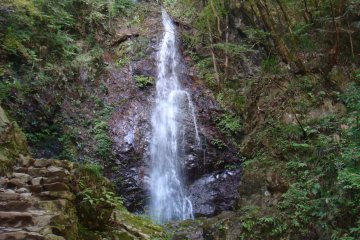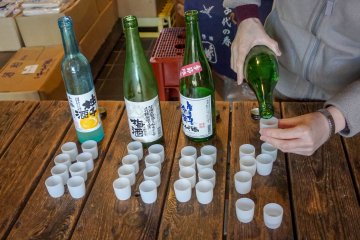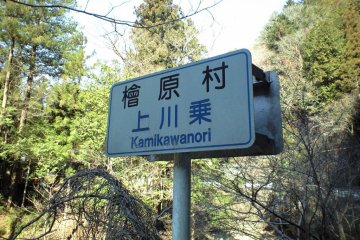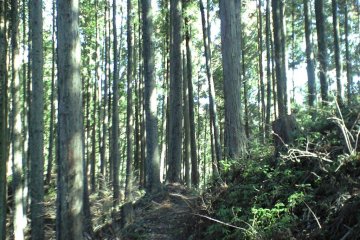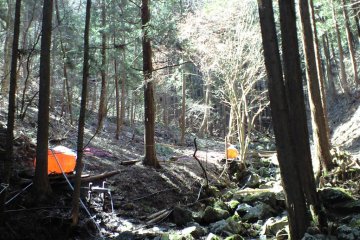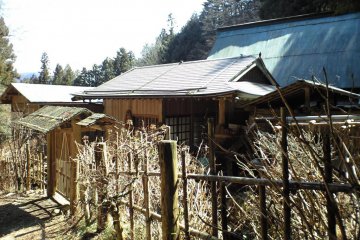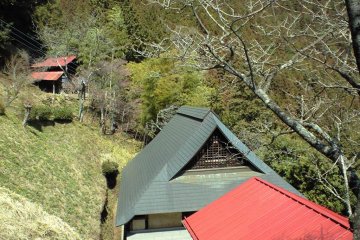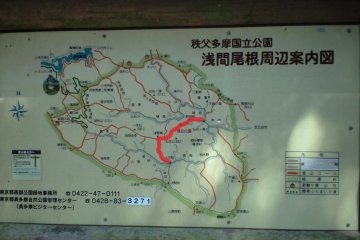The History trail follows an old Edo era road through the mountains. It is the shortest of the Tokyo area Fureai no Michi trails, however this is not any disadvantage for the trail as it has really great views in places of the surrounding mountains and valleys and on its descent to the north there are many traditional Japanese style mountain cottages perched along steep inclines with their various orchards and gardens. It offers a glimpse of a way of life that cannot be seen from any of the major cities, and is what some call "the real Japan".
The slowly disappearing Satoyama culture is definitely something to be savored while there is still a chance. At the northern end of the trail is Hinohara village, a Japanese tourist destination by itself. From the large bus and car parking lot are large signs depicting the various trails to waterfalls and scenic small river valleys. The traveler could easily walk the trail in the morning and then enjoy the sites of this very beautiful area that very few foreign tourists get a chance to explore.
The History trail is part of a regional network of trails collectively known as the Kanto Fureai no Michi (pronounced like Kantoe foo-leh-ai no meechee), which covers the prefectures of Tokyo metropolis, Saitama, Kanagawa, Chiba, etc. In total the trail system has about 144 segments that can be taken one or two a day. Even though Akigawa is a bit isolated, Hinohara is a Japanese tourist destination itself for people getting out of Tokyo for the weekend, and so has great bus services. The buses to both ends start come and go to Musashi Itsukaichi station.
It is highly advisable for the traveler to get trail maps for the Tokyo sections of the Kanto Fureai no Michi from the information center just outside of Mitake station. They have maps for all of the different sections in Tokyo plus a large overall map of the entire trail system. the person there is very helpful and will give the traveler more information than they could possibly need if things are particularly slow that day.




